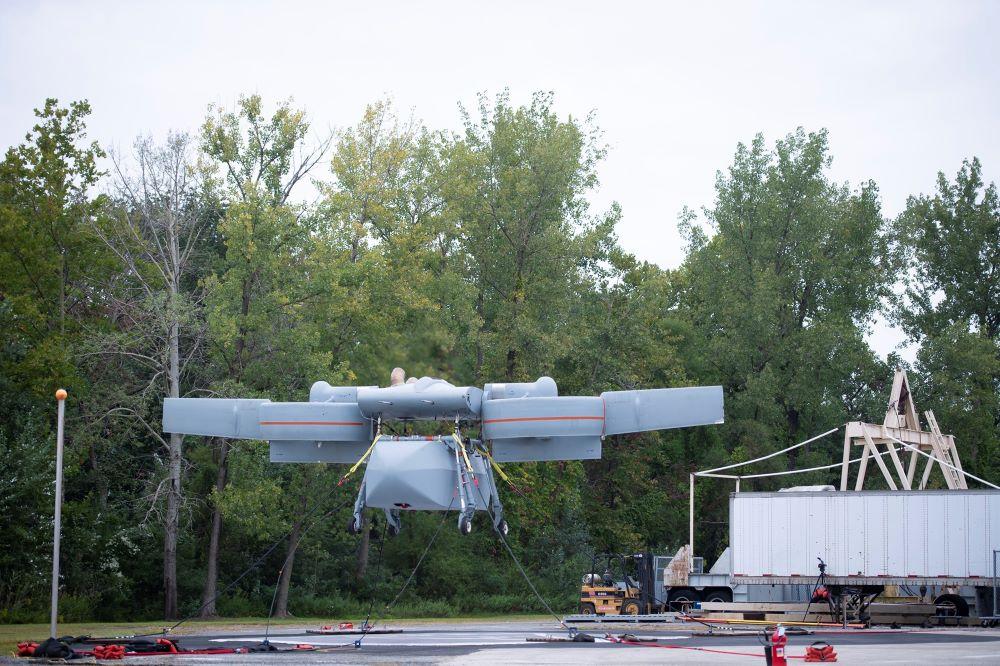
The Ares demonstrator completed its second tethered hover with the Piasecki-developed M4 multi-mission pod attached.
Credit: Piasecki Aircraft
Piasecki Aircraft has conducted the first tethered hover flights of the Ares tilt-duct vertical-takeoff-and-landing (VTOL) demonstrator, more than a decade after it was selected to develop the uncrewed aircraft under a DARPA project that was later canceled. The proof-of-concept Aerial Reconfigurable...
Subscription Required
Piasecki Hovers Ares Tilt-Duct VTOL For First Time is published in Aerospace Daily & Defense Report, an Aviation Week Intelligence Network (AWIN) Market Briefing and is included with your AWIN membership.
Already a member of AWIN or subscribe to Aerospace Daily & Defense Report through your company? Login with your existing email and password.
Not a member? Learn how you can access the market intelligence and data you need to stay abreast of what's happening in the aerospace and defense community.





